Inflation no bar, people to shop for fashion products, smartphones and appliances this festive season: Redseer

The Hindu
Shoppers all set to light up festive season: Surveys
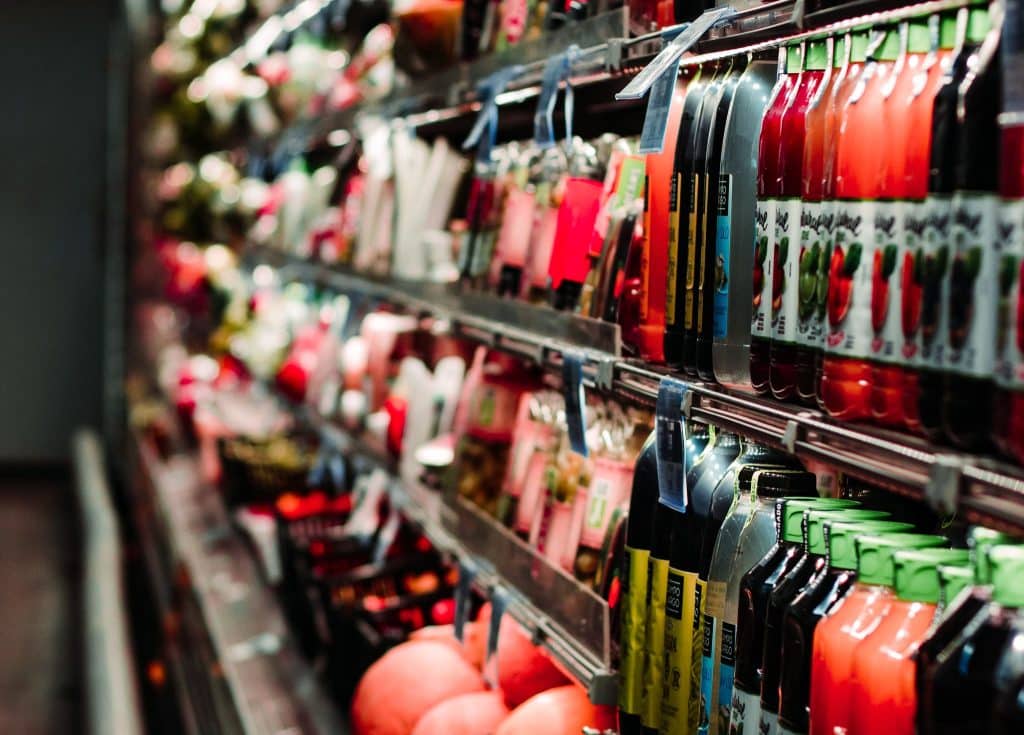
The Hindu Business Line
Bharat users on Made in India apps drive short-form video growth

Yourstory
Indian short video apps have filled the TikTok void: RedSeer report

Business Standard
Indian apps reach 97% of TikTok user levels

Livemint
Fuelled by COVID-led demand, logistics players to grow 3-times by 2024: Study

Moneycontrol
Social commerce in India to be $7b opportunity by 2025

Dealstreetasia
Social commerce to be $7 billion opportunity by 2025: Redseer

Livemint
Indian rental furniture market worth Rs33,500 crore now: Redseer

Livemint
Online streaming biz rides on pandemic dynamics

The New Indian Express
Netflix, Hotstar and Amazon Prime are seeing more paid users than ever before — here’s why

Business Insider
OTT platforms witness 35% growth in paid users, subscription revenue up by 42%

The Hindu Business Line
With online retail touching $140B in 5 years, better delivery will be the key focus

YourStory
For e-tailers, third-party logistics service providers take centre stage in delivering customer satisfaction

The Hindu Business Line
Consumer spends on internet biz to grow to $250 bn by FY25

Livemint
Amazon India expands Amazon Food delivery service to 62 pincodes in Bengaluru
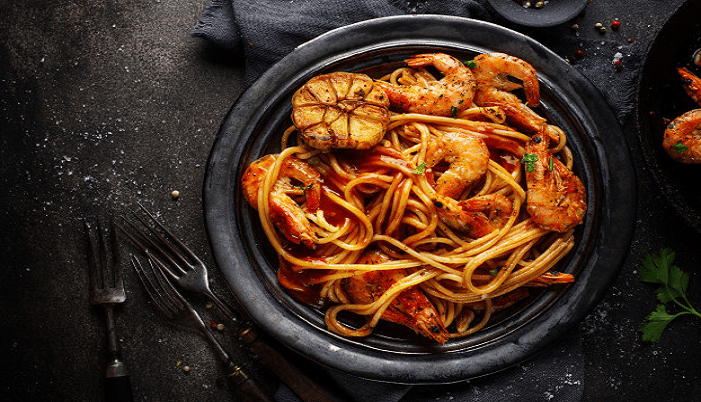
The Hindu Business Line
Autos And Bike-Taxis Lead Post-Covid Recovery For Mobility Sector With 35 Mn Rides In January 2021
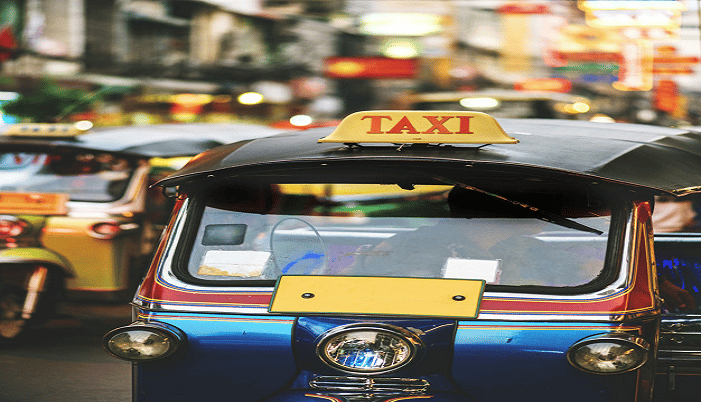
Inc 42
Ride-hailing bounces back to 63% of pre-covid levels
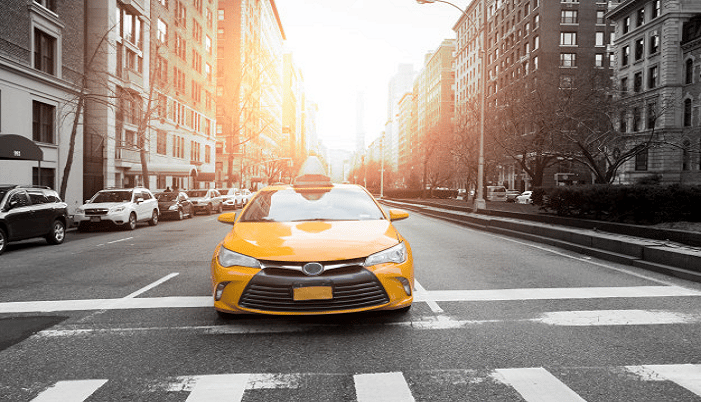
Economic Times
Netflix and its battle for India
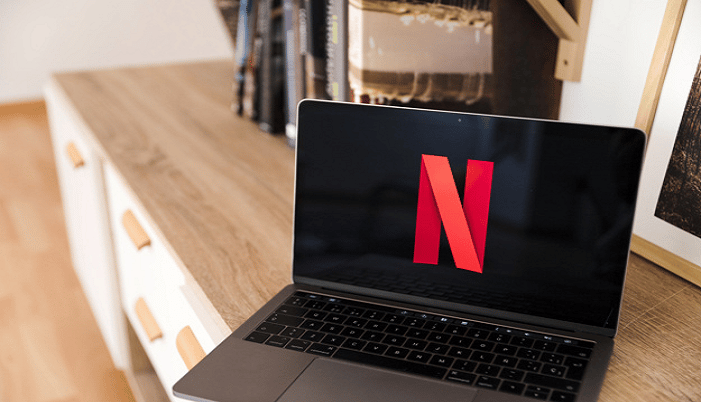
Forbes
In Covid-struck India, Ola and Uber face a bumpy ride
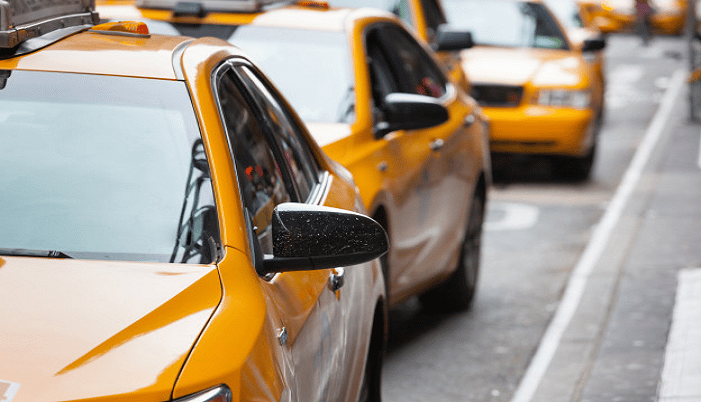
Scroll
E-grocery market led by BigBasket, Grofers, others up nearly 2X in 2020 to $3.3B due to Covid tailwinds

Financial Express
IPL increases consumption growth of OTT platforms by 13% in India, says new report

Business Insider
OTT consumption grew 13% in 2020, led by sports

Business Standard
Value-first customers of BigBasket, Grofers, JioMart, others to drive e-grocery market to $24B by 2025

Financial Express
Online grocery market projected to touch $24 billion by 2025

The News Minute
“Value-first” opportunity to drive e-grocery segment to $24 bn GMV by 2025

Outlook India
India Internet GMV hits $65 billion in 2020

Business Insider
Internet GMV in India to touch $250bn

The Hindu
NPCI Creating Open-Source Platform For UPI, Says Nandan Nilekani

Media Nama
Meat delivery biz heats up

Financial Express
Online retailers see fewer product returns

Livemint
TikTok Ban: Six months on, home-grown short-video platforms vie to fill in the void

Exchange 4 Media
Customers of Ola, Uber, others welcome govt’s move on surge price cap, driver cancellation penalty

Financial Express
2020: The year when everyone from Google to Facebook wanted to be TikTok

Times of India
Smartphone insurance market growing rapidly in the country, Indians will get insurance of 3678 crores by 2025

Financial Express
Meaty Affair: Thanks to Covid, online meat startups see growth nearly tripling since January

Financial Express
TikTok’s loss has not fully translated into its rivals’ gain in India

Scroll.in
Changing Consumer Preference Is Driving Digital Payments

NDTV
Govt norms for cab aggregators regressive, will dampen investments

Hindustan Times
Tier II India sees 25 pc jump in short-form video content usage in 2 years

YourStory
Amazon tops the charts in online delivery experience

Livemint
India’s smartphone insurance market to reach $500M by 2025: RedSeer

YourStory
Flipkart beats Amazon in India’s record $8.3bn festive sales

Nikkei Asia
India’s e-commerce festive sale season delivers $8.3 billion worth gross sales: Report

Times of India
A look at how the new motor vehicle aggregator guidelines will impact cab aggregators
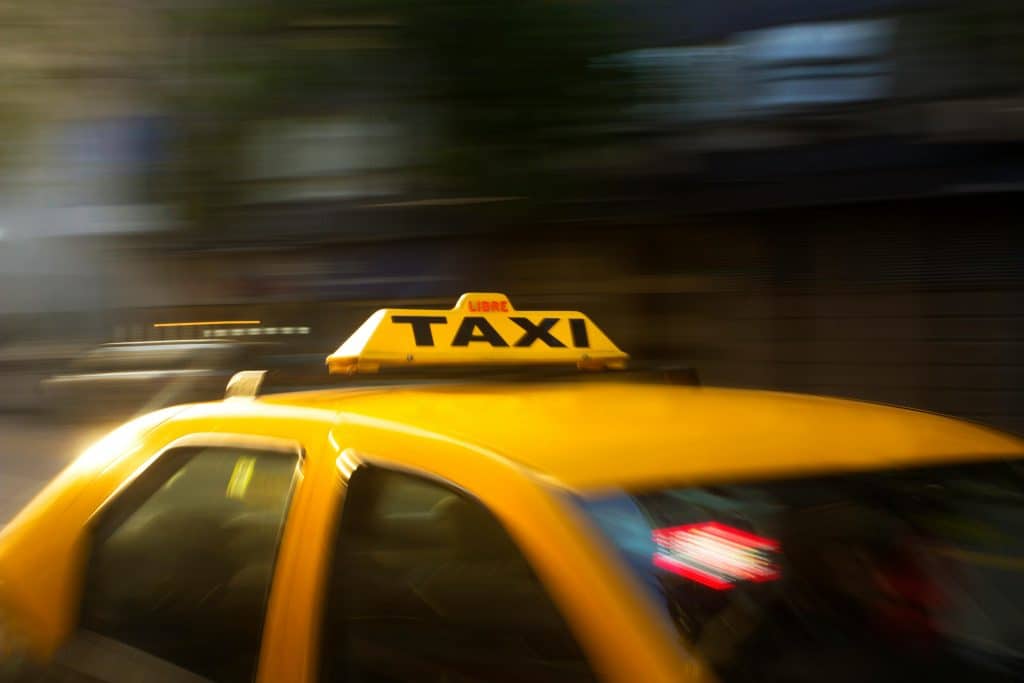
CNBC TV18
Can Edtech keep up its momentum after Covid-19?

Forbes India
UAE end-of-year online sales to cross $1.5b, led by grocery and electronics

Gulf News
Decoding Flipkart’s strategy that gives it an edge over Amazon

KrASIA
Race is on to create a superapp for UAE consumers

Gulf News
Access, adoption, advantage – 20 quotes of the week on digital transformation

YourStory
India home healthcare industry to hit $11-13bn by 2025: Report

The Rahnuma
Virus delivers gains for home healthcare

Livemint
Here’re top stories of the day

CNBC TV18
Flipkart won the first week of online sales

Economic Times
Flipkart, Myntra grab big share of GMV in first week of festive sales

Livemint
Online, offline woo shoppers together

Livemint
Fashion to see revenge buying behavior this festive season: Redseer

Livemint
Average customer spend to drop 13% this year

The Hindu BusinessLine
IPL playing key role in recovery of food delivery firms Swiggy, Zomato

Business Standard
Amazon, Flipkart & Snapdeal Ramp Up Logistics As Ecommerce Majors Prep For Festive Rush

Inc42
Hyperlocal biz takes centre stage

Livemint
Retail sector may recover nearly 80% of pre-Covid sales in 2020, says RedSeer

Financial Express
Indian retail sector pegged at $780 billion in 2020

Livemint
Online shoppers turn away from cash-on-delivery

Livemint
Companies like Amazon, Flipkart, Ecom Express will give 3 lakh jobs in the festive season! Know what the report says

E-commerce companies have a huge business in festive sales. Therefore, to manage the increase in orders, they invest a lot to increase their capacity before the festive sale starts. In the festive season, many sale events are organized on Dussehra and Diwali.
E-commerce firms to create 300,000 jobs this festive season: RedSeer

“We expect the total shipments during festive sales for the first event to grow 60 per cent y-o-y (year-on-year) over CY2019 (calendar year) to reach 150 million,” the report said.
Online grocery segment to touch $3B by year-end, says report

COVID-19 induced tailwinds, coupled with participation from large conglomerates like Reliance are expected to drive growth in the online grocery segment in India, expanding the market to $3 billion by year-end, a report stated.
Pandemic tailwinds: E-commerce sales set to double in 2020

“AOV (average order value) has increased from ₹1,300 in February to ₹1,500 and will go up further by ₹50-100 during the festival sales. While our customers buy groceries 3.1 times a month, our BBStar loyalty customers buy four times a month on BigBasket. Since we have already achieved so much of growth, we upped our growth targets for FY21 by 40-50 per cent and are well on track to achieve it,” he added.
Online festive sales to be bigger than last year: People to buy 50% more, beat coronavirus blues

“RedSeer anticipates the festive sales for the first event to grow 50% on-year over CY19,” according to RedSeer’s Online Festive Forecast Report 2020. Thanks to the expected strong performance this year, e-commerce sales are likely to touch $38 billion, reporting 40% on-year growth.
Startup Street: E-commerce companies likely to touch $7 billion in sales in festive sale, says Redseer

The festive season is near and e-tailing platforms are hoping for a big cheer. A Redseer report suggests that these platforms will touch USD 7 billion in sales during this festive month. That’s an 84 percent jump from the same period last year.
Ready-to-cook category sees a spike in demand

The RTC market in India, RedSeer says, stood at Rs 2,100 crore in 2019, and is expected to grow at a CAGR of 18% to reach Rs 4,800 crore by 2024. Analysts predict that the Rs 8,000 crore organised RTE category is set to double in the next five years.
More paid subscribers, increase in Hindi content: Inside India’s OTT market

According to PwC, the OTT market is set to reach Rs 11,973 crore by 2023, with India believed to be the tenth-largest market for OTT in the world, clocking an overall revenue of Rs 4,462 crore. This is likely to grow with increased smartphone and internet penetration.
The on-demand grocery delivery market heats up

The e-grocery segment has been one of the fastest to recover from the impact of the Covid-19 pandemic, with sales numbers reaching the pre-Covid level in June itself. Meanwhile, in the same month, non-essential categories on e-commerce (such as fashion and electronics) saw sales amounting to 40% of pre-Covid times, according to RedSeer Benchmarks.
After K-12 segment, edtech market ready for 10X boom in higher education, lifelong learning in 5 years

The market for higher education is also expected to see a 6 per cent CAGR in student enrolment from 40 million in FY20 to 53 million in FY25.
Digital payments in India to grow three-fold to Rs 7,092 trillion by 2025: RedSeer Report

The payment gateway aggregator market in India, according to the report, is expected to grow by 2.4 times driven by large value transactions.
Paytm grabs 50% share in merchant payments space

According to the RedSeer report, the Payment gateway aggregator market in India currently stands at Rs 9.5 trillion and is expected to grow by 2.4 times, driven by large value transactions.
Digital payments market in India likely to grow 3-folds to Rs 7,092 lakh crore by 2025

“The current 160 million unique mobile payment users will multiply by 5 times to reach nearly 800 million by 2025. This growth will be driven by a number of demand and supply-side drivers,” the Bengaluru-based management consultancy said.
Retailers will have learnt their lessons from COVID-19 phase

The online retail sector was already growing at a fast pace in 2019. However, this year witnessed an unprecedented increase, and we estimate it crossed $15 billion on annualised GMV (gross merchandise value) during this period. This is $5 billion higher than what the online market was at the end of 2019.
Closing GoFood Festival, Gojek Target to Build 100 Joint Kitchens

Gojek also invested US $ 5 million or around Rp.70 billion in Rebel Foods in July 2019. In this series D funding round, Rebel raised US $ 125 million from Goldman Sachs, Sequoia Capital, Gojek, and other venture capital.
Online grocery, Ramadan and COVID-19: RedSeer
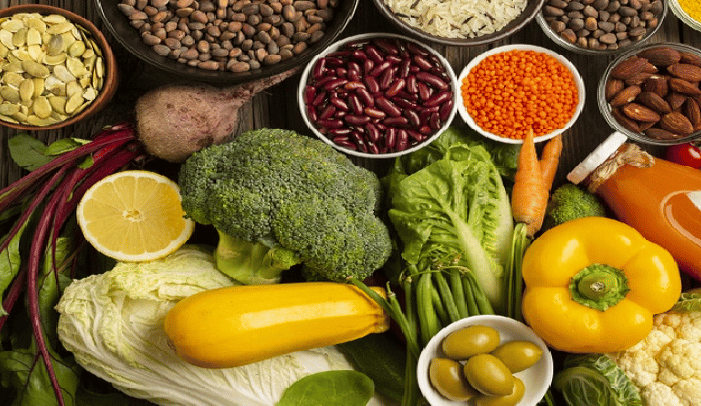
Grocery is the most exciting category online observing over 300% spike in daily order volume in the UAE and Saudi Arabia.
UAE’s online shopping struggles to cope with home, school and work

e-Tailers say that visitor traffic to their sites are up 60 per cent or more in recent weeks – but actual order “fulfilment” is running at less than half.
Meet the Indian startup that seers
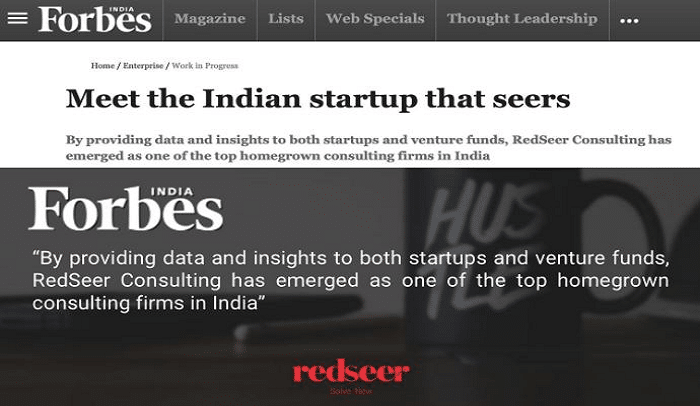
RedSeer has evolved from a one-man show in 2009 to a 200-odd member team in 2020, from a nondescript office in Koramangla to occupying three floors, replete with chic decor, in Bengaluru’s startup corridor HSR Layout, from working for free to commanding a price.
Edtech market set to become latest unicorn in start-up space

Apparel, smartphones and electronics are the worst hit as shipments get held up in China.
Demand for fashion could be in for an Eid boost

Integration of experiences across online and offline will be another critical element for retailers. Our research shows the “stickiness” of online fashion customers is highest at greater than 60 per cent. We have already seen luxury players working with online marketplaces and launching mono-brand online experiences to reach out to customers in this new environment.
Not the time for UAE F&B to fight it out

This symbiotic relationship resulted in the food delivery sector growing by more than 20 per cent in the UAE representing almost 7 per cent of total UAE food services market in 2019. Our discussions with restaurants indicate online restaurants saw an average of 30 per cent incremental sales as a result of food delivery platforms, with customers adopting this convenient model and ordering more than they normally would.
The top 25 strategy consulting firms in the Middle East

Who are the top strategy consultants in the Middle East? Compiled by Consultancy.org, meet the region’s 25 leading strategy consulting firms.
Non-essential e-commerce in the red even in Green & Orange zones

In some cases, etailers said they have not been able to open up fulfillment and sorting centres that fall in the Red zones, where infections continue to rise. “Ministry of Home Affairs (MHA) guidelines didn’t clarify the operations side of ecommerce… And, hence, confusion among local authorities for non-essential warehouses in Red zones is still there,” said a top executive at an e-commerce firm on condition of anonymity.
[Jobs roundup] Help feed the hungry stomachs with these job openings in foodtech sector
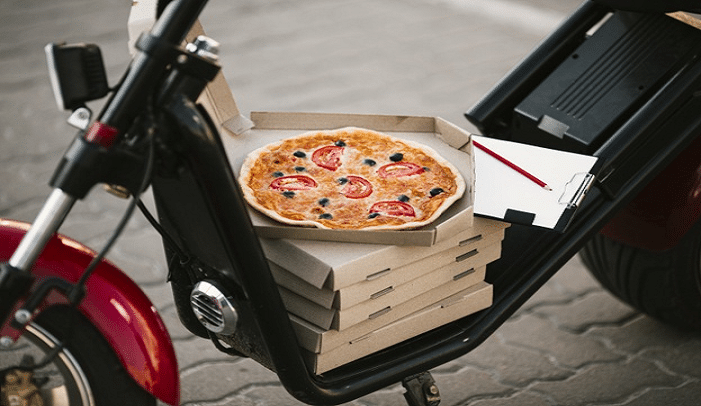
Jobs in the foodtech sector have also been on the rise with top startups hiring like never before and fast expanding beyond Tier-I cities. The foodtech sector is highly in demand, especially in the current situation of the coronavirus pandemic, as people across India are finding it difficult to get and stock up on food and groceries.
As restaurants start shuttering, some entrepreneurs are trying to reinvent their business
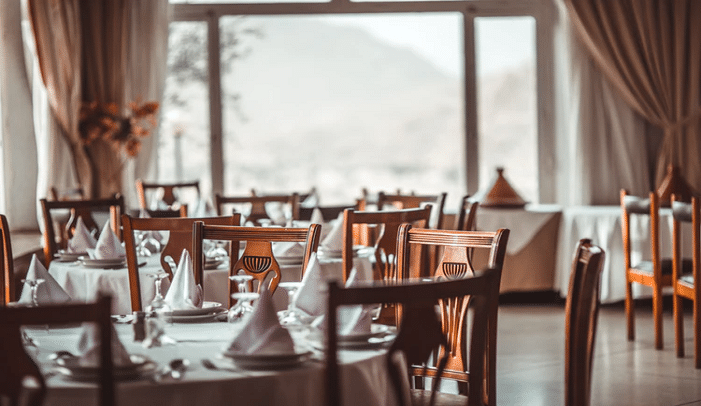
Dineout and Zomato have begun conversations with restaurants to adopt contactless dining products. This can raise costs by at least 4%-5%. And stricter social distancing norms may see dine-out occupancy fall by 20% at least.
Covid reality check for India’s unicorns

The Covid-19 crisis has both accelerated that reckoning and transformed it by another order of magnitude. According to estimates by RedSeer Management Consulting, India’s internet economy is set to decline by as much as 90% this month compared with April 2019. The fall is driven by travel bookings, online retail and food delivery. In calendar 2019, the overall internet market stood at $70 billion, according to RedSeer.
‘It will be business as usual during festive season 2020’

We expect GMV of $6.6 billion (₹47,000 crore) in the October 2020 festive period, compared to $5 billion (₹35,500 crore) in the 2019 October festive period, indicating a massive explosion of pent up consumer demand. Both high-ticket items and fashion/home categories will do well.
Audio streaming apps posts surge in usage as more listeners tune in

According to a recent report by RedSeer Consulting, only 1% of the total user base of the top five music streaming apps in India are paid subscribers, contributing 40% to the revenue. The report adds that the apps will have to turn at least 6% of their users into paid subscribers, in order to become profitable.
India’s $11 billion eHealth sector accelerates due to Covid-19

The $16 billion figure was derived using the best-case scenario where eHealth adoption took an aggressively fast path.
Swiggy, Zomato raise fresh funding as lockdown disrupts food delivery ops
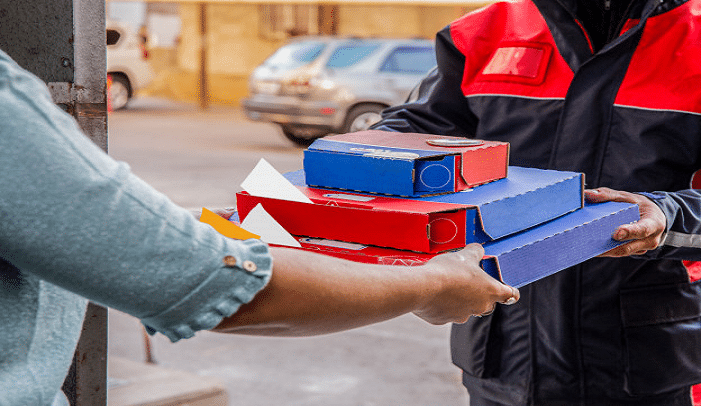
Indian food delivery rivals Swiggy and Zomato have received fresh capital with the former raising as much as $43 million (Rs 327.8 crore) as the companies brace themselves to function under a lockdown enforced due to the coronavirus pandemic.
China coronavirus hits UAE online shoppers

Apparel, smartphones and electronics are the worst hit as shipments get held up in China.
How is coronavirus impacting the streaming platforms with an increasing appetite of viewers

The viewership for movies especially has gone up across the platforms. Cinema streaming service MUBI has seen a 28% rise in viewership on its platform in March, as compared to February.
[The Turning Point] Why the founder of TaxiForSure and a redBus exec launched a content startup
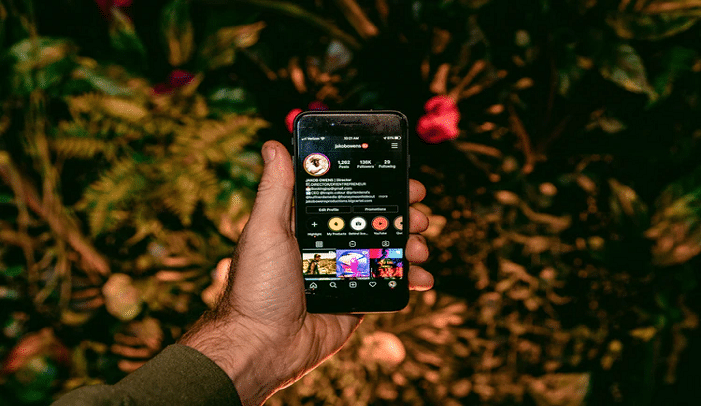
Vokal today has raised $6.5 million in total funding, and claims it has 20 million MAU (monthly active users). The platform is also seeing unprecedented growth due to the coronavirus pandemic as more people are seeking information around the pandemic. The founders claim that the startup is now seeing a 300 percent week-on-week growth.
Zomato, Swiggy orders drop 70% in 10 Days
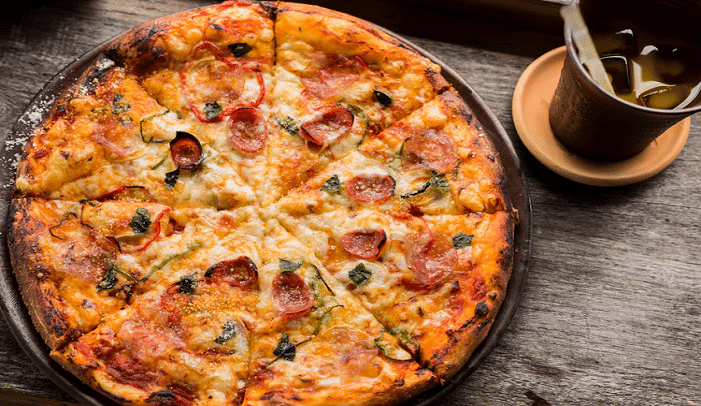
Katriar, who runs eGustibus Hospitality and multiple delivery brands including Neel ki Biryani, Indigo Burger Project and Indigo Deli, has also shut his businesses.
How the gig economy hurts the small guy
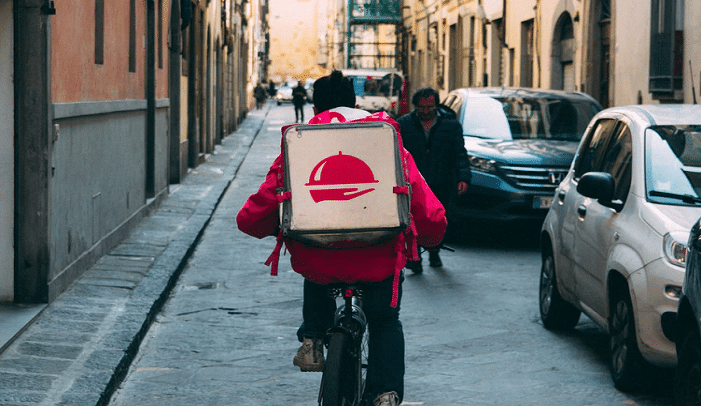
Many online marketplaces that are facing the spectre of slowing growth and crashing valuations are sure to do what Sequoia advised—cut expenses and conserve cash.
Billionaire Amazon founder Jeff Bezos is not having it easy in India
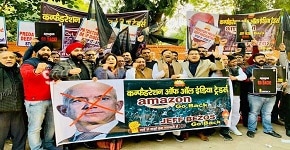
Dubai: Jeff Bezos met top film stars, Shahrukh Khan being among them, and made promises of spending $1 billion in India to take the Amazon story forward. But it is who he did not meet during his high-wattage visit to India that could have far-reaching consequences for Amazon — in what has become an exceptionally […]



